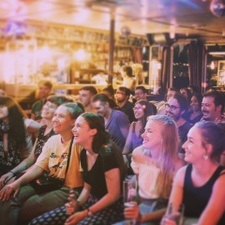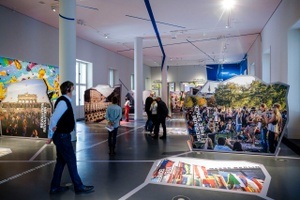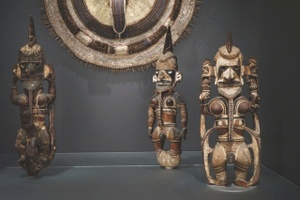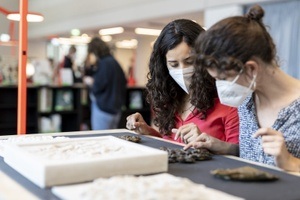Literarischer Salon im Anna-Seghers-Museum. Grubetsch | Lesung
In the organizer's words:
The staged reading from the early story Grubetsch (1927), for which Anna Seghers received the Kleist Prize, takes place in her apartment in Berlin-Adlershof, which has been faithfully preserved.
'What is this, a misfortune?' thought Ann. 'Is it like the courtyard down there and like that room back there? Or are there other misfortunes too, red glowing glowing misfortunes? Oh, if I could have one of those!' Grubetsch, 1927
Anna Seghers' story Grubetsch, set in the suburban poverty milieu, goes far beyond social criticism in its linguistic sophistication and differentiated character design. "An evil court, and in the court a man who knows how to divine people's secret desires for ruin and fulfill them in his own way." This is how the writer characterized her early text, for which she was awarded the Kleist Prize in 1928 alongside Aufstand der Fischer von St. Barbara.
Mona Schlatter brings the backyard of the 1920s into the Seghers Salon: "Unemployed people in tenements, Baal in the cellar hole. It sounds eerie and yet secretly familiar."
With students from the Ernst Busch Academy of Dramatic Arts:
Johanna Martini I Elias Nuriel Kohl I Markus Ücker
Set design: Mona Schlatter I With artistic support from Yochay Hacher
The workshop on 18.11. and 19.11. at the Literaturforum im Brecht-Haus is dedicated to Anna Seghers' transatlantic work, which has recently been rediscovered. In addition to eight lectures, finds from the Anna Seghers Archive and the Anna Seghers Museum will be presented.
With students of the Ernst Busch Academy of Dramatic Arts
![]() In German language
In German language
This content has been machine translated.
Price information:
Limited number of participants Binding registration: annaseghersmuseum@adk.de











